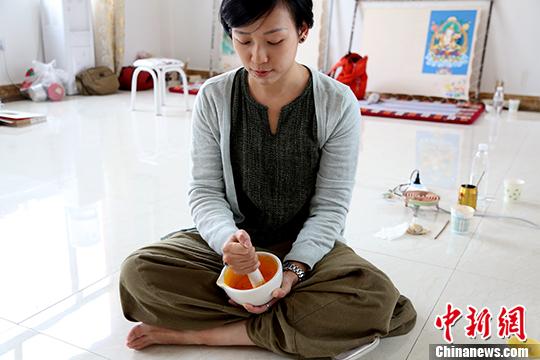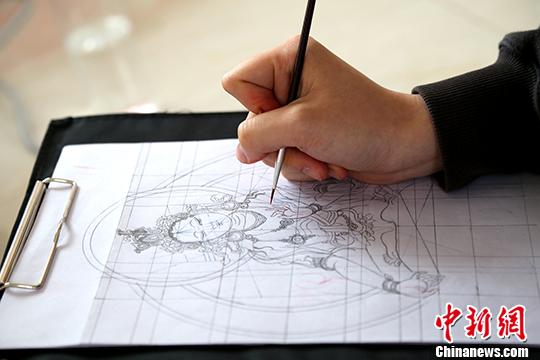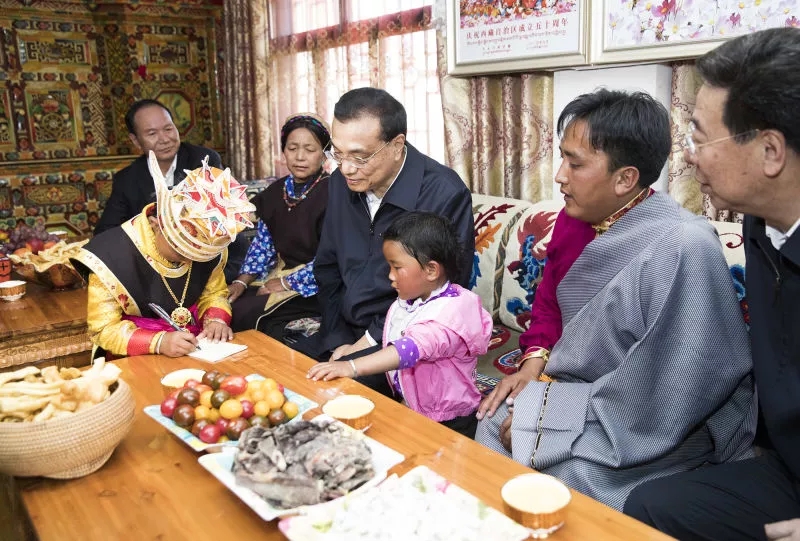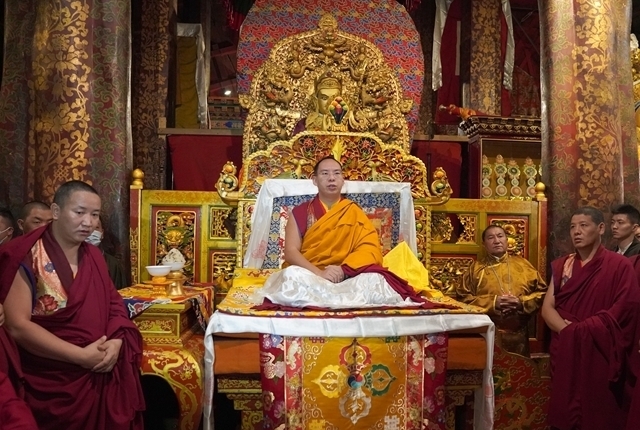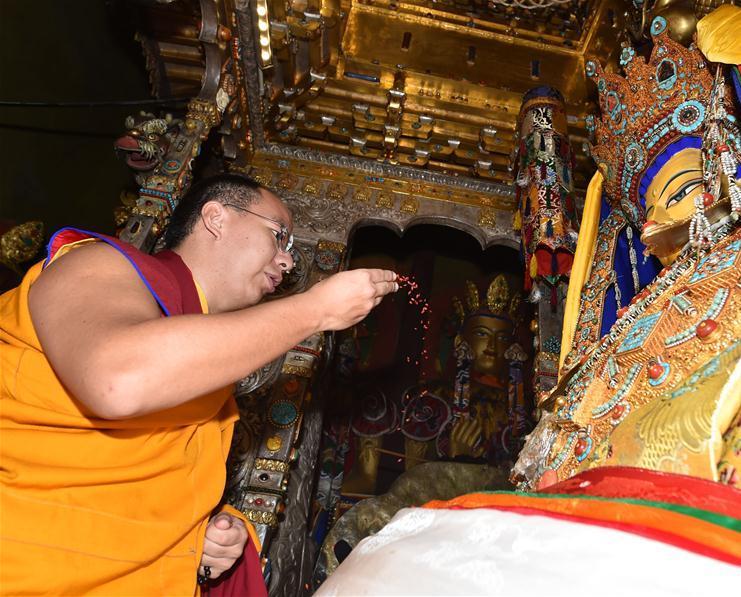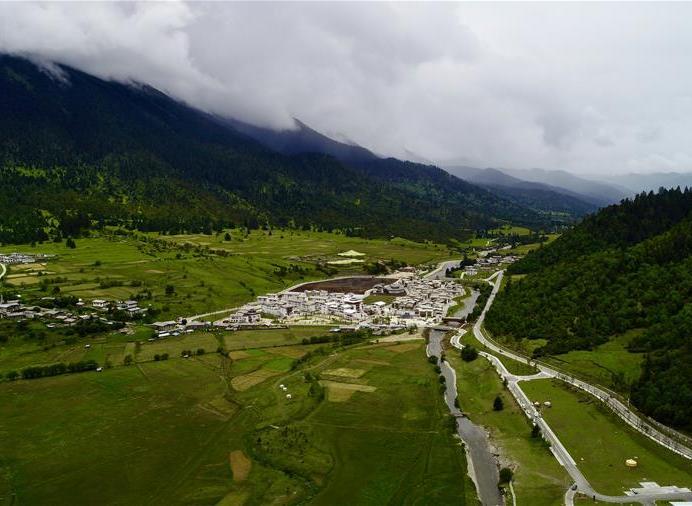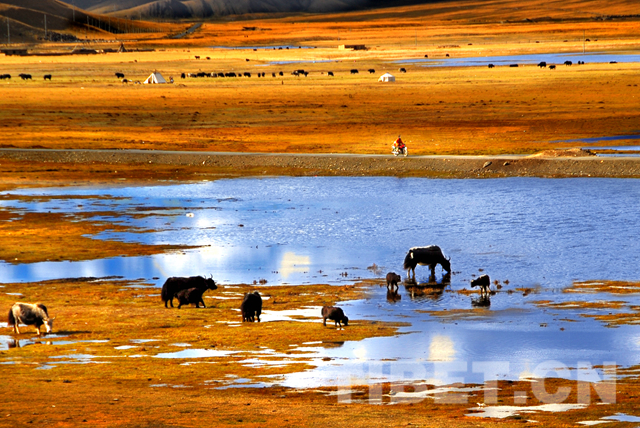Hong Kong youth on learning thangka: harder than imagined
“From wearing out the cloth to applying color and shading, every step is very fine. It takes years of learning, accumulating, and cultivating skills in order to draw a beautiful thangka,” Jiang Yuyi from Hong Kong said in a recent interview, saying that painting thangka is more difficult than she had imagined.
The 2018 “Thangka Workshop”, a mainland internship program for junior thangka artists, was launched on July 7 in Tongren County, Qinghai Province. 13 students from Hong Kong studied thangka painting over 40 days at the Tongren County Regong Painting Institute under Nyangben, a thangka art master and dean of the Regong Painting Institute.
Tongren County in Huangnan Tibetan Autonomous Prefecture, Qinghai Province, is known as “Regong”, meaning “the Golden Valley”, and has a reputation as China’s “hometown of Tibetan painting”. Regong Art, of which thangka is the leading art form, was listed as a UNESCO human intangible cultural heritage in 2009.
“The most impressive thing for me was grinding the paint and wearing out the cloth for the canvas. It takes a few days to do these, and everyone’s fingers got blistered. This gave me a deeper understanding of thangka,” Jiang Yuyi said. She is currently drawing her graduation work “Green Tara”. Although the teacher said the overall drawing was good, she is not as happy with it: “Compared with the master, I still have a long way to go in the details.” she said.
For Zhang Jiayu, a junior in the art department of the Chinese University of Hong Kong, thangka painting is quite time-consuming. “Before when I did my own painting, all the materials were ready-made, but for thangka painting, we need to make the materials ourselves. This is quite new to me, and I enjoy the process.”
“I never expected that they would paint so well for their first time,” Master Nyangben said, seeing how the Hong Kong students asked for advice seriously in the painting room. He gives them thumbs up for their hard work. Although their internship is very short, they have learned nine basic skills of thangka painting, including wearing out the cloth and applying color.
“Painting thangka is an internal Buddhist practice. The process involves a lot of self-discipline; we paint from 8 a.m. to 10 p.m., sitting for more than 10 hours. Painting takes a particularly long time, and the process is also one of communicating with one’s innermost being,” Chen Huanting, a graduate student, shared with reporters.
Your Comment
Name E-mailRelated News
-
-
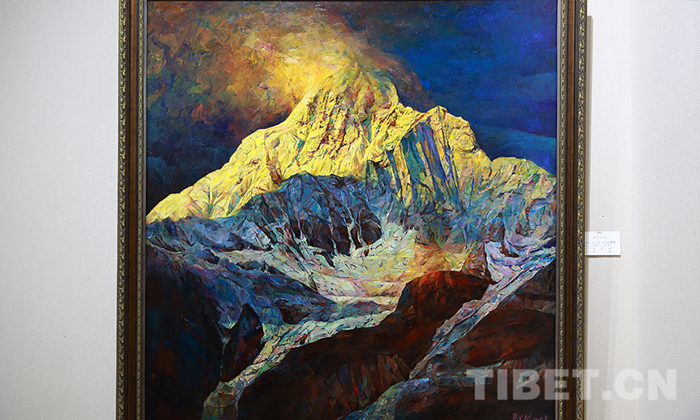
-
Rare Chinese artworks donated to Hong Kong museum to promote traditional culture
Over 350 Chinese paintings and calligraphy works were donated to the Hong Kong Museum of Art on Thursday.
-
-
-
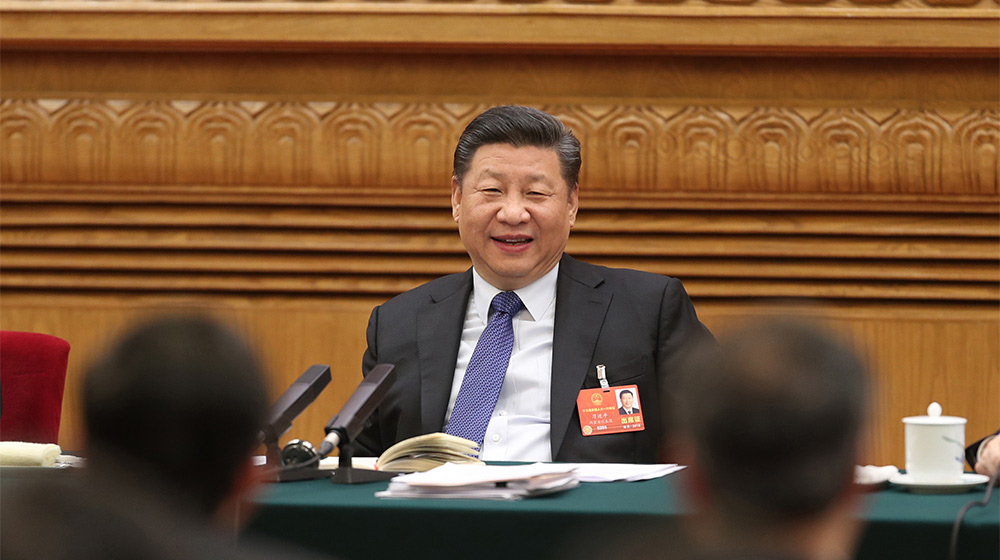
-
Xi supports HKSAR to contribute to national sci-tech development
President Xi Jinping has called for enhanced cooperation in science and technology between the Hong Kong Special Administrative Region (HKSAR) and the mainland.
-
-
-
Guangdong, HK, Macao students take up internships at Palace Museum
A total of 48 students from Guangdong, Hong Kong and Macao started internships at the Palace Museum, also known as the Forbidden City, in Beijing, Tuesday.
-
-
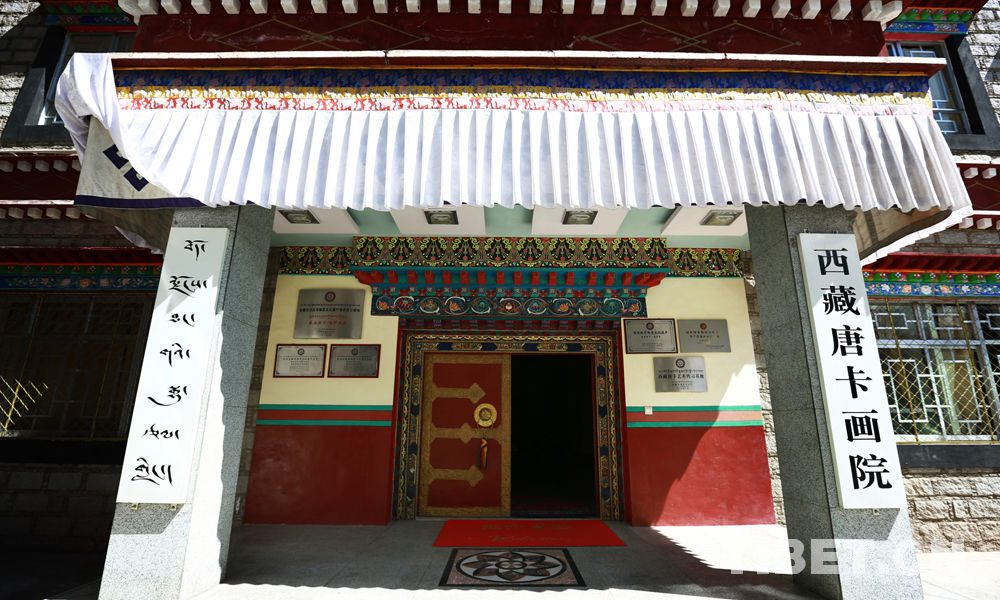
-
Symposium held to celebrate 8th anniversary of Tibet Thangka Academy
A symposium for the eighth anniversary of the founding of the Tibet Thangka Academy was held on July 8 in Lhasa.
-
-
-
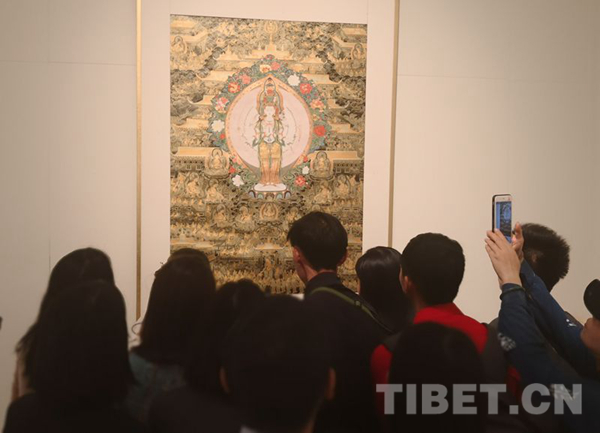
-
Thangka art exhibition opens in Shenzhen
On May 14, the Mr. Niangben Thangka Art Exhibition organized by the Shenzhen Guanshanyue Art Museum and the Qinghai Huangnan Prefecture Regong Art Academy opened at the Guanshanyue Art Museum in Shenzhen, south China.
-


